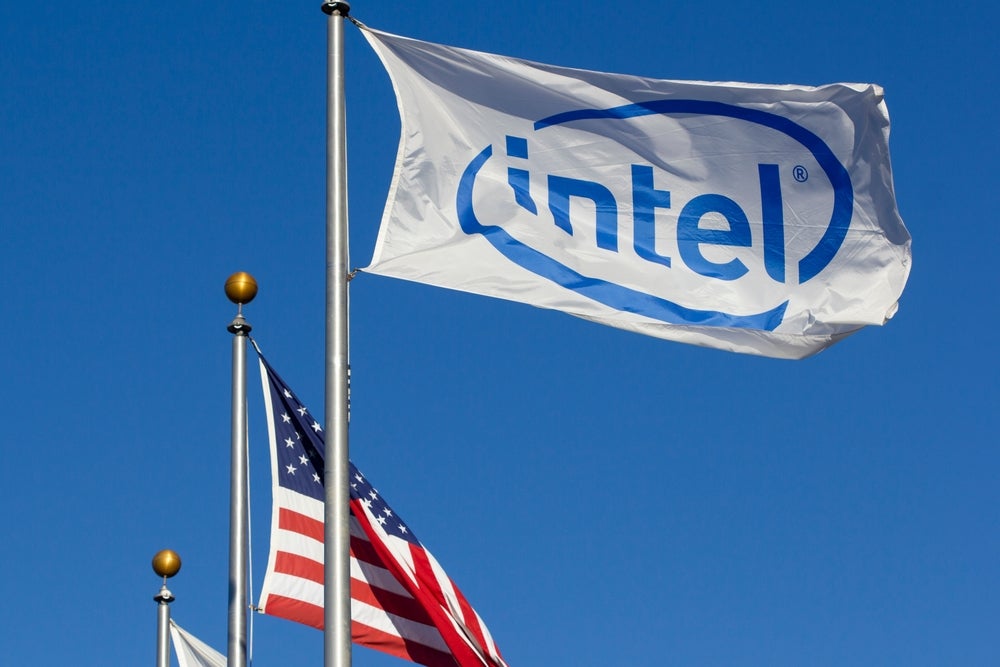Broadcom has been granted a patent for a method of reducing bias in multicast replication. The method involves receiving a packet at a network device, determining a multicast group from the packet, replicating the packet for multiple destinations, and forwarding the replicated packet in a randomized sequence. The patent aims to improve the efficiency and fairness of multicast replication. GlobalData’s report on Broadcom gives a 360-degree view of the company including its patenting strategy. Buy the report here.
According to GlobalData’s company profile on Broadcom, Digital watermarking was a key innovation area identified from patents. Broadcom's grant share as of September 2023 was 75%. Grant share is based on the ratio of number of grants to total number of patents.
Method for reducing bias in multicast replication
A recently granted patent (Publication Number: US11777838B2) describes a method and network device for reducing bias in multicast replication. The method involves receiving a packet at a network device and determining the multicast group from the packet. The method then selects a replication list for the multicast group from a plurality of pre-existing replication lists. This replication list defines the order for replication of at least two or more destinations corresponding to the multicast group.
To reduce bias, the method generates multiple copies of the replication list and randomly selects one of these copies. The packet is then replicated for the selected destinations according to the chosen replication list. Finally, the replicated packet is forwarded to the selected destinations, which can be one or more egress ports of the network device.
The patent also describes various techniques for forwarding the replicated packet. One approach involves using a port bitmap, which is a listing of ports belonging to the multicast group. The packet is forwarded according to the port bitmap, either by randomly selecting an initial destination in the circularized bit vector of the port bitmap or by dividing the port bitmap into replication groups and forwarding the packet according to the selected replication group.
Another approach involves using an IP routing table to obtain a linked list of destinations corresponding to the multicast group. The linked list is randomly selected from multiple linked list copies, each generated from a first linked list with randomly reordered next hops. The replicated packet is then forwarded according to the selected linked list.
The network device described in the patent includes an ingress port for receiving packets and a forwarder that implements the aforementioned method. The forwarder determines the multicast group from the packet, selects the replication list, generates copies, and replicates and forwards the packet to the destinations.
Overall, this patent presents a method and network device that aim to reduce bias in multicast replication by introducing randomness in the selection and ordering of destinations. By doing so, the method seeks to improve the efficiency and fairness of multicast replication in network devices.
To know more about GlobalData’s detailed insights on Broadcom, buy the report here.
Data Insights
From

The gold standard of business intelligence.
Blending expert knowledge with cutting-edge technology, GlobalData’s unrivalled proprietary data will enable you to decode what’s happening in your market. You can make better informed decisions and gain a future-proof advantage over your competitors.







